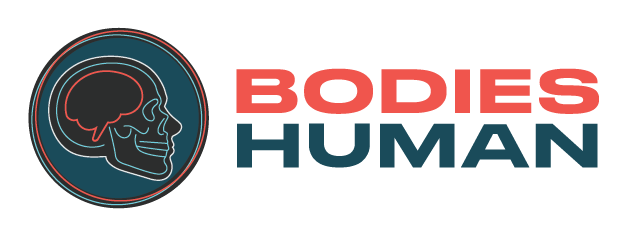The Exhibit

About Plastination
Plastination is a groundbreaking preservation technique invented by Dr. Gunther von Hagens in 1977. This revolutionary process halts decomposition and creates specimens that can be touched, studied, and displayed without decay. The plastination process involves replacing bodily fluids with reactive plastics that harden, creating specimens that will last for generations while maintaining incredible anatomical detail. Each specimen takes approximately 1,500 hours to prepare, representing a unique blend of anatomical science and preservation artistry.
1
The specimen is preserved using a formaldehyde-based solution to prevent decomposition and maintain structural integrity.
2
Water and fat are removed by placing the specimen in acetone, which replaces bodily fluids.
3
The specimen is placed in a vacuum chamber, where acetone is gradually removed and replaced with a liquid polymer, allowing deep preservation.
4
The polymer-infused specimen is hardened using gas, heat, or UV light, making it durable, odorless, and long-lasting.
The Human Body
Bodies Human takes you on an unprecedented journey through the human form. Each specimen has been meticulously prepared to highlight different anatomical systems, showing the remarkable complexity beneath our skin. The exhibition is arranged by body systems, allowing visitors to understand both individual components and how they work together in harmony. All specimens are presented with dignity and respect, honoring the individuals who donated their bodies to educational purposes.


Skeletal System
The framework of human life begins with 206 bones that provide structure, protection, and the foundation for movement. Our skeletal exhibits reveal the intricate architecture that supports your entire body, from the delicate bones of the inner ear to the strength of the femur—the longest bone in the human body. Marvel at the complex joint systems that allow for fluid movement and examine skeletal variations that make each person unique.

Muscular System
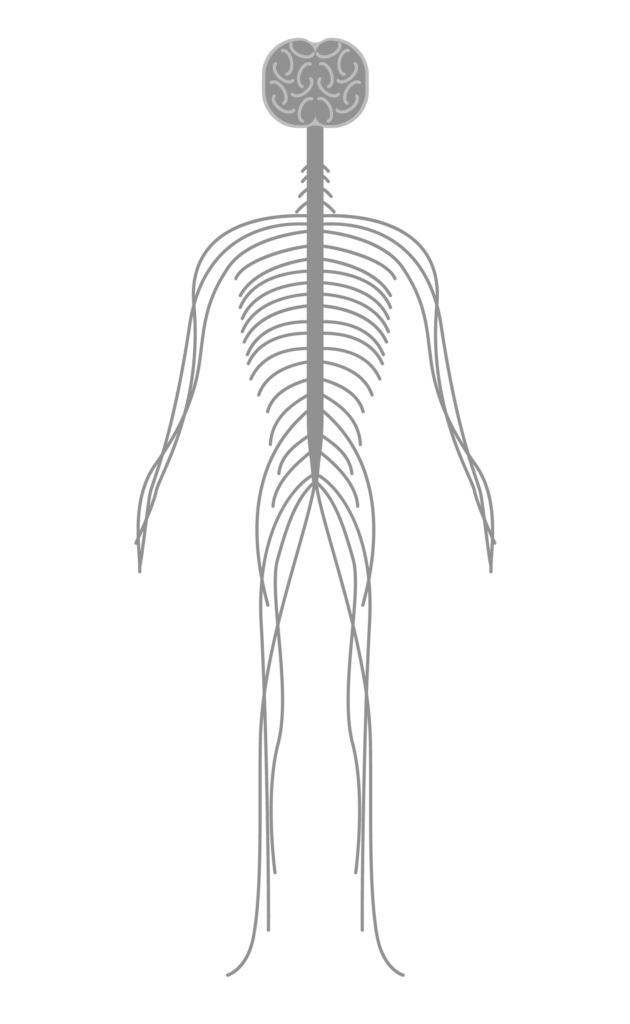
Nervous System
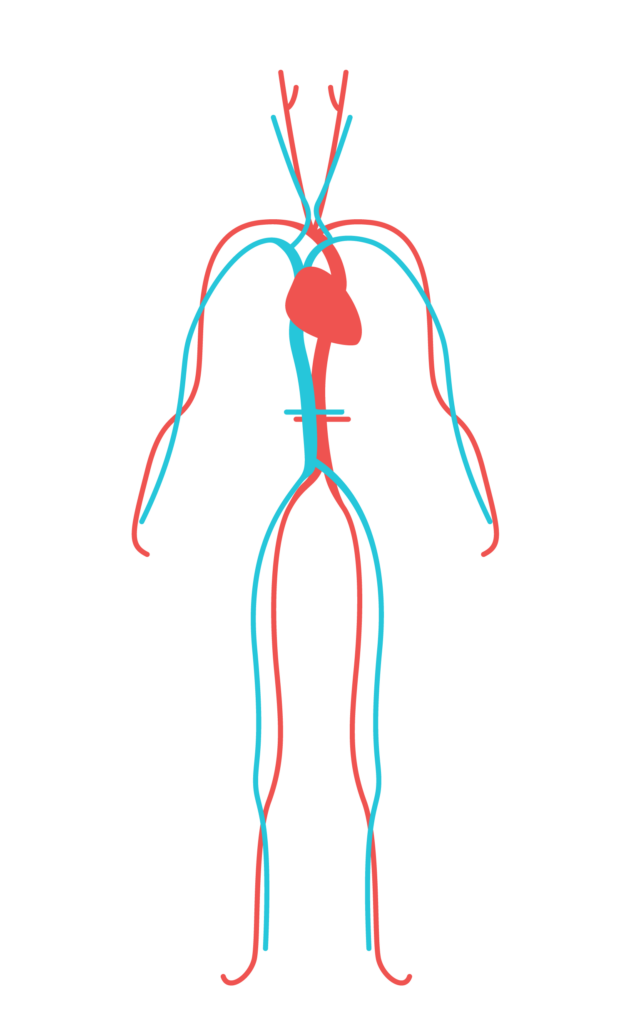
Cardiovascular System
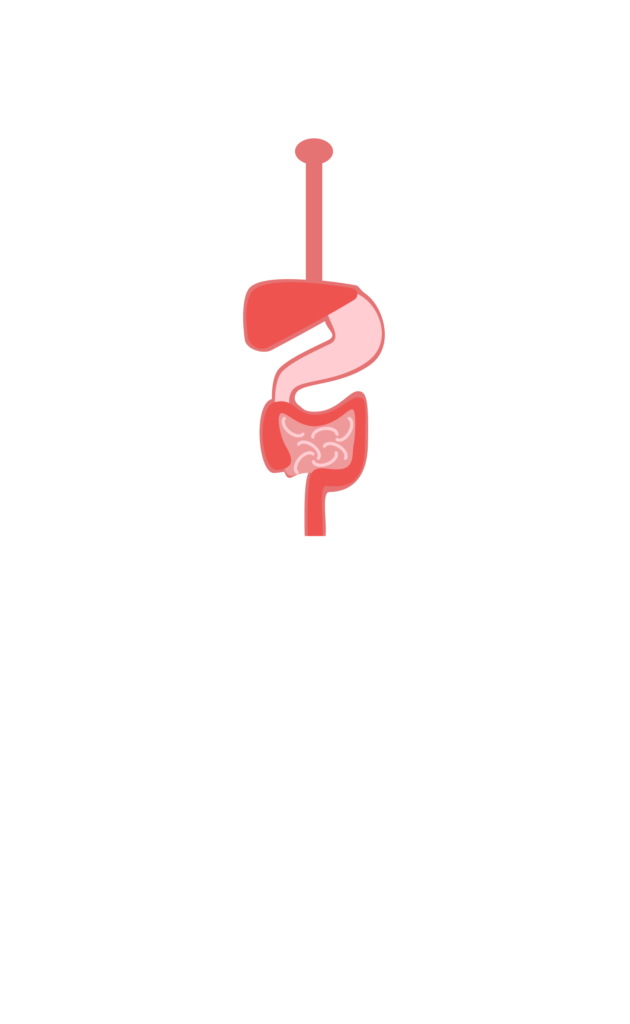
Digestive System
Your Health
Making the connection between anatomy and personal health decisions is a core element of Bodies Human. Throughout the exhibition, you’ll encounter powerful comparative displays showing healthy organs alongside those affected by disease or lifestyle choices. See the stark difference between healthy lungs and those damaged by smoking, livers affected by alcohol consumption, and arteries narrowed by atherosclerosis. These compelling visual lessons provide unforgettable motivation for making positive health choices.
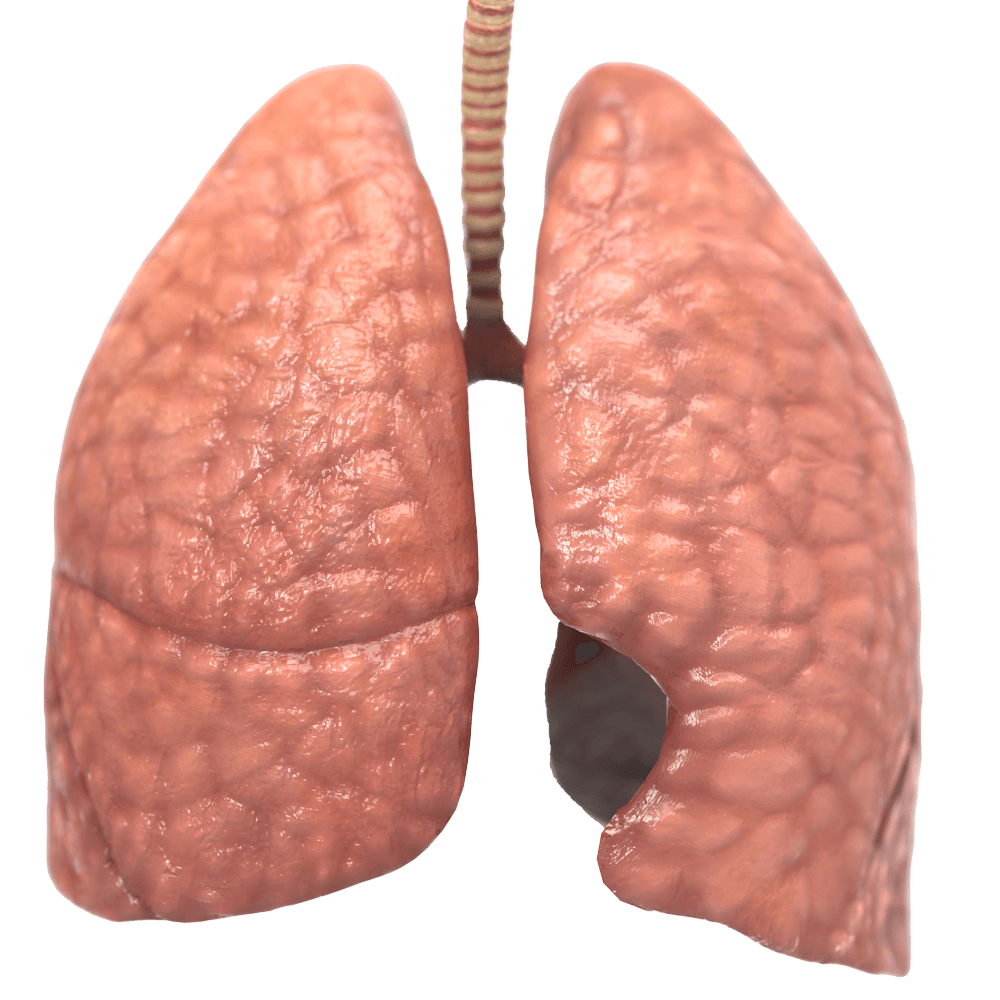
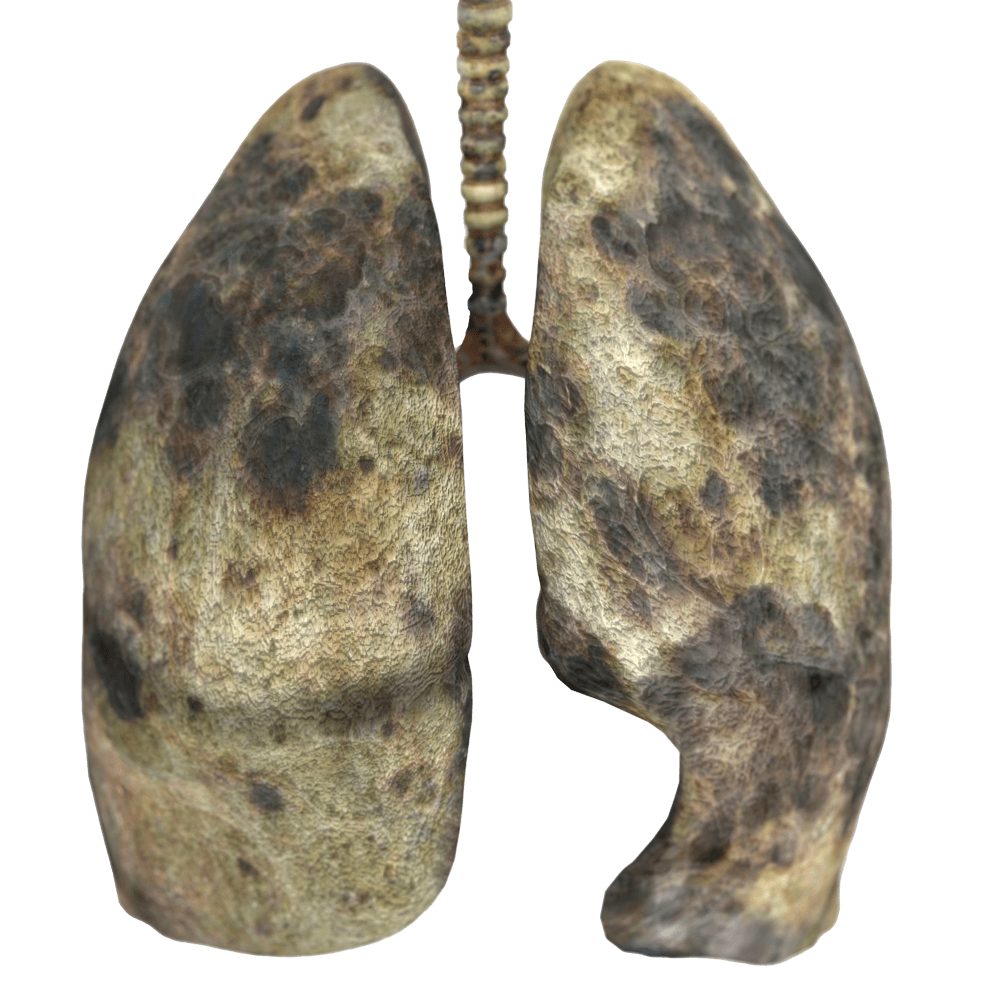
Healthy lungs vs smoke damaged lungs
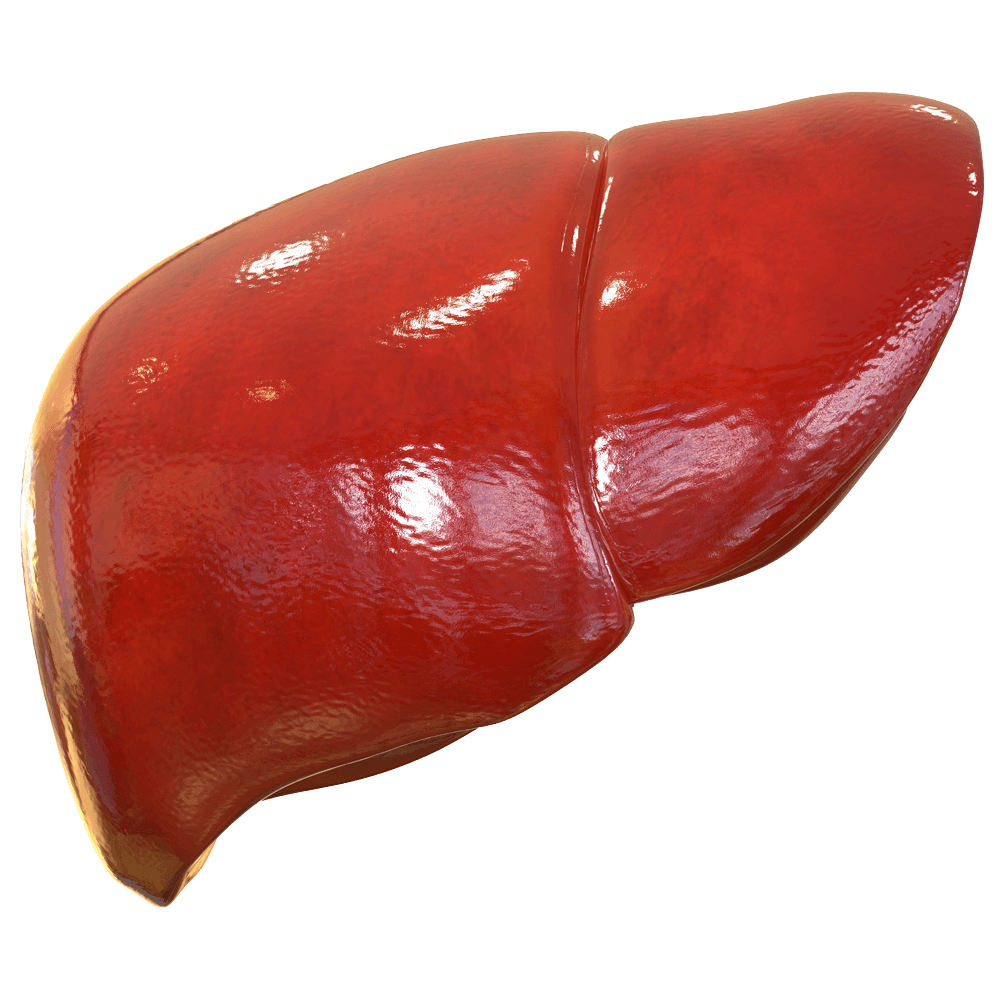
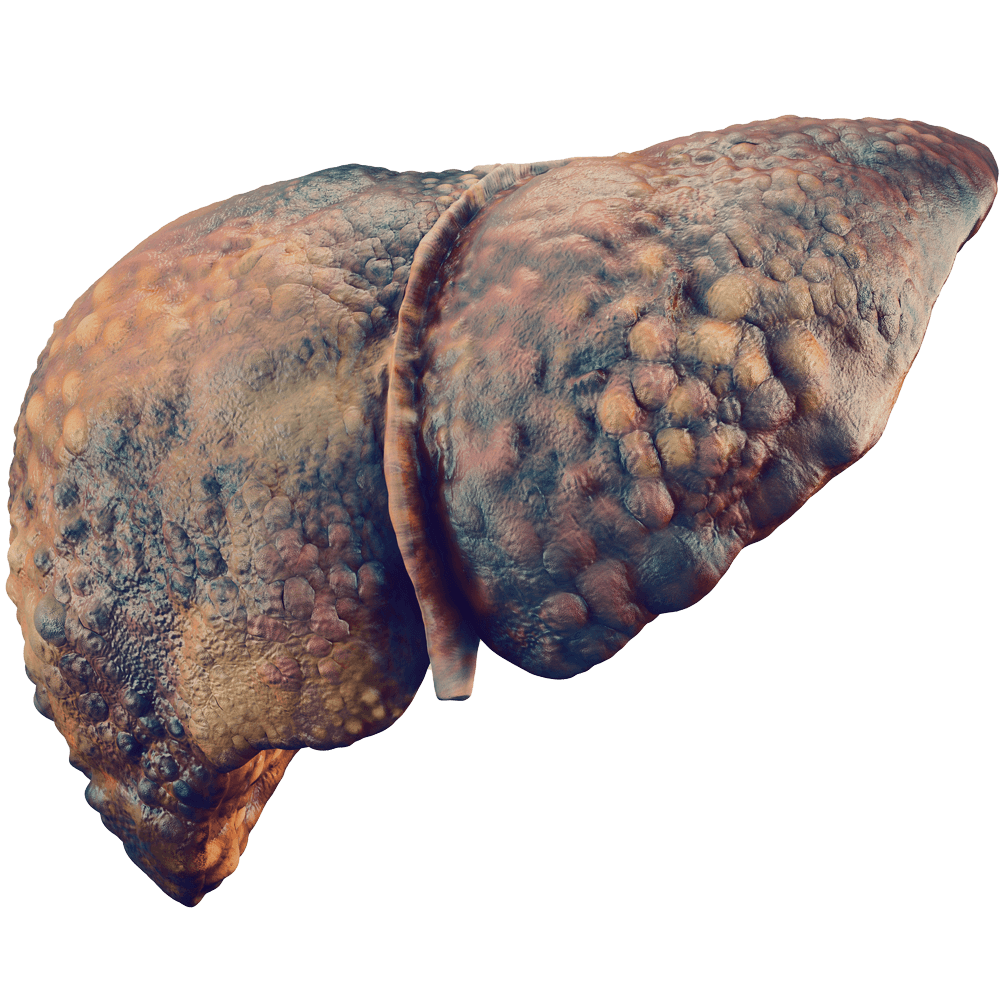
Healthy liver vs alcohol damaged liver
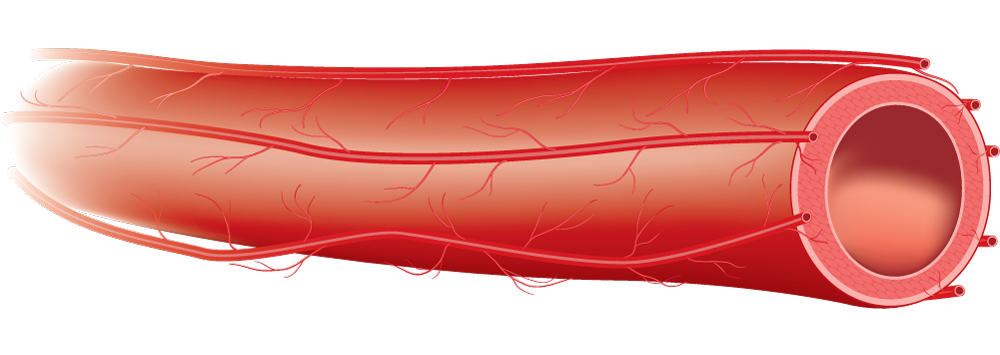
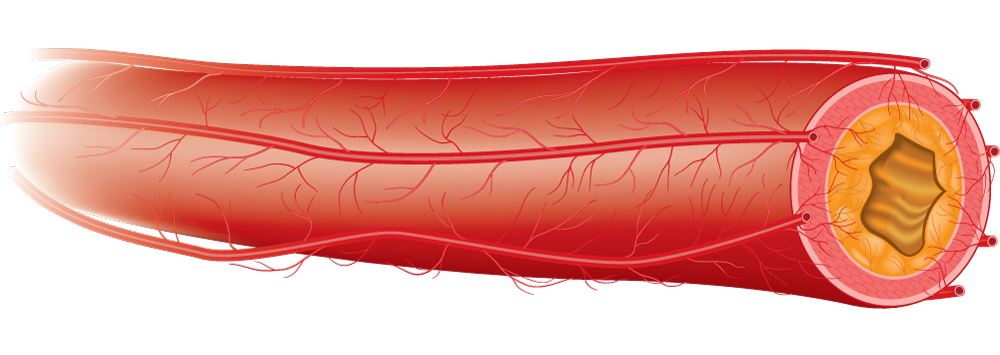
Healthy artery vs clogged artery
